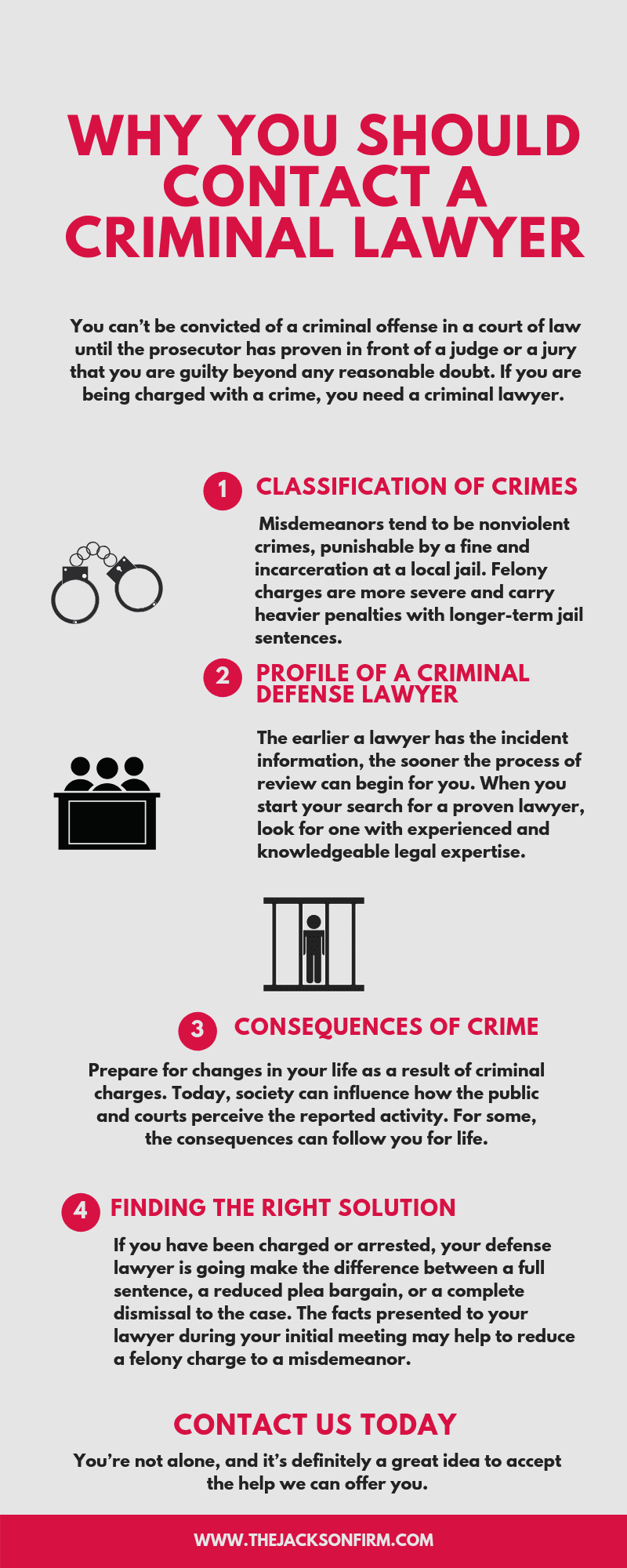What Occurs Throughout A Criminal Test: A Detailed Summary
What Occurs Throughout A Criminal Test: A Detailed Summary
Blog Article
Material Writer-Winters Thompson
When you step into a criminal trial, you may be stunned by the organized process that unravels. Everything starts with court selection, where possible jurors are looked at for predispositions with an approach called "voir dire." After that, both sides offer their opening declarations, setting the stage for the proof and testaments to adhere to. You'll see just how the prosecution and protection build their situations, however what takes place next can dramatically affect the result. Comprehending these stages can disclose the complexities of justice, however there's more to discover about the defining moments that comply with.
Court Option Refine
When it comes to the court choice process, you're diving into an important stage of a criminal test. This process, typically called "voir dire," includes wondering about potential jurors to ensure they're objective and efficient in supplying a reasonable verdict.
You'll see both the prosecution and defense attorneys participating proactively, each intending to pick jurors who align with their situation's story.
During voir dire, you'll notice that lawyers ask concerns about jurors' backgrounds, ideas, and experiences. Their goal is to determine any kind of pre-existing prejudices that can influence a juror's choice. As a juror, you may feel a mix of uneasiness and curiosity, but your sincerity is important.
After questioning, attorneys can challenge specific jurors for cause if they believe a juror can't continue to be neutral. They can also use a minimal variety of peremptory challenges to reject jurors without stating a factor.
Test Phases Explained
The phases of a criminal test play a vital duty in guaranteeing a fair and structured process.
You'll initially run into the opening declarations, where both the prosecution and protection describe their situations. This sets the stage wherefore's to find.
Next, the prosecution offers its evidence and witnesses, intending to show the defendant's sense of guilt past a sensible uncertainty. You'll see direct exam complied with by cross-examination, permitting both sides to test the presented info.
After the prosecution relaxes its case, it's the protection's turn. They'll offer their proof and witnesses, typically concentrating on creating sensible doubt. You'll see that the defense doesn't need to prove virtue; they simply need to test the prosecution's situation.
Once both sides have offered their arguments, you'll hear shutting declarations, where each party summarizes their instance. This is essential as it strengthens their positions prior to the jury deliberates.
Throughout these phases, the judge makes sure that the test follows legal requirements which the legal rights of both celebrations are safeguarded.
Understanding these phases will help you value the complexities associated with a criminal test and the significance of each action in the pursuit of justice.
Judgment and Sentencing
Nevertheless proof has actually existed and disagreements made, the jury or court supplies a judgment, establishing the defendant's regret or innocence. If you become part of the court, you'll mull over with your other jurors, going over the evidence and your impacts. This process can require time, as you'll intend to ensure every person agrees on the judgment based on the truths.
When a judgment is gotten to, it's announced in court. If the accused is found guilty, the next phase is sentencing. This is when the judge chooses the ideal penalty. You might notice that different variables influence the sentence, such as the intensity of the crime, the accused's previous document, and any type of mitigating circumstances.
The judge may enforce a series of sentences, from penalties and community service to jail time. Sometimes, the defense or prosecution can provide arguments regarding sentencing, trying to sway the court's decision.
If the defendant is found not guilty, they're acquitted, and no penalty adheres to. Remember that a guilty verdict can often result in allures, where the offender might test the decision or the sentence imposed.
Final thought
In a criminal trial, you have actually seen how vital each action is, from court selection to the last judgment. You have actually followed the prosecution and defense as they construct their cases, intending to encourage the jury. When hop over to this web-site finishes up, the judgment identifies the result, and if the defendant is condemned, the sentencing stage starts. Understanding these procedures aids you appreciate the intricacies of the justice system and the value of each duty in guaranteeing a fair test.
